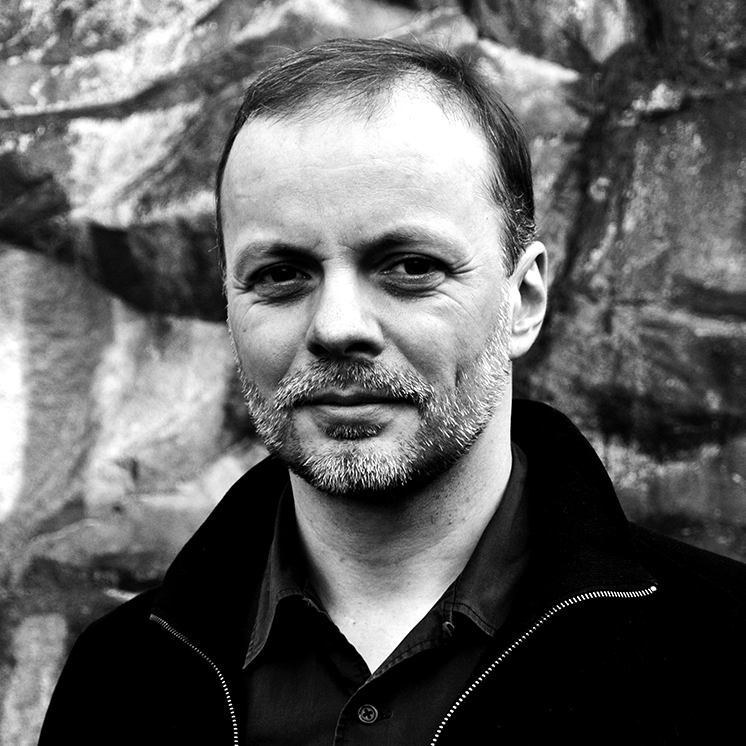Keynote 3
Friday October 25th, 9:00

Michael Hensel
Michael U. Hensel is a registered architect, researcher and writer. He co-founded OCEAN in 1994 and was founding and acting chairperson of OCEAN Design Research Association from 2008 to 2018. He now co-directs OCEAN Architecture | Environment. He is professor at Vienna University of Technology where he heads the department for digital architecture and planning. Previously he taught at the Architectural Association School of Architecture in London, BIA Berlage Institute Amsterdam, Rice University in Houston, and Technical University in Munich. He was founding and acting director of the Research Center for Architecture and Tectonics in Oslo, Norway, innovation fellow at the University of Sydney and honorary fellow of the Institute of Advanced Studies at the Technical University in Munich. He has co-pioneered research by design, experimental and computational design in architecture since 1994. Primary research interests include performance-oriented architecture, embedded architectures and architecture and environment integration, advanced data-driven design, as well as alternative approaches in sustainable and regenerative design. His work is multi-scalar and located in the intersection of architecture, landscape architecture, urban design, micro-climatology and ecology.
Embedded Architectures
Data-driven Design en Route to Architecture and Environment Integration
This talk introduces the notion of embedded architectures which links architecture, landscape architecture, urban design, micro-climatology and ecology in a multi-scalar and multi-domain approach. While performance-oriented architecture frequently addresses architecture and environment interactions, the notion of embedded architectures takes this approach further towards architecture and environment integration. This extends the question whether architecture can be in the service of the bio-physical environment to how architecture may be an integral part of the bio-physical environment. At the same time environmental data that can support computer-aided analysis, simulation, modelling and design becomes increasingly available or reasonably easy to acquire. The talk discusses potentials and difficulties of data-driven design en route to architecture and environment integration.

